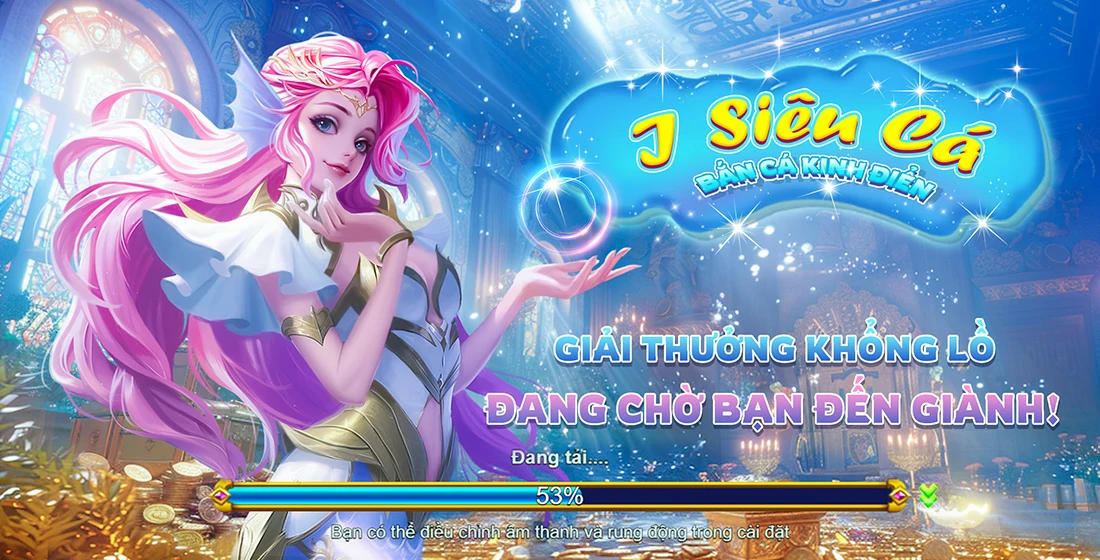Hyper Casual Games: The Surprising Power Behind Super Simple Gameplay
If you think hyper casual games aren't worth your time because they "don't have depth," hold that thought. You may be surprised how quickly some of these games hook millions of players globally—and more importantly, how well-designed the experience feels despite their stripped-back approach. They're not only dominating app stores but sneaking into unexpected corners—like the world of **best free story PC games** and even influencing newer niches like survival crafting genres.
| Game Genre | Degree of Simplicity | Average Daily Users |
|---|---|---|
| Hyper-Casual Mobile Games | Very High | 75M+ |
| Best Free Story-Driven PC Games | Moderate | 10M+ |
| Survival Crafting + Horror Themes | Low to Moderate | 2.3M+ |
Fast Facts:
- Bite-sized engagement can keep users hooked longer than anticipated
- Addictive design patterns transcend mobile platforms now
- Cross-industry impact?: Hyper-casual principles seeped into niche markets too
Understanding the Rise of Hyper Casual Game Mechanics
You'll know them when you spot one—the quick reflex-based jumps or swipes where learning curves are nonexistent.
"It's like a dopamine trap wrapped in minimal graphics and an endless loop"
Titles such as Stumble Guys or Color Switch might seem like digital fluff, but they're built using finely-tuned behavioral triggers. Developers intentionally strip away narrative complexity so players enter what psychologists call “The Flow State"—a meditative loop that’s hard to disengage from. Some players end up playing for 12 hours without realizing, mistaking it for boredom relief.
- Immediate gameplay (within 5 seconds)
- No tutorial phases required
- Vague unlockable paths to trigger replay curiosity
How Simplicy Breeds Popularity Among Diverse Audiences
We tend to forget the power of accessibility sometimes. A complex AAA title could spend years in development with rich lore behind it, yet struggle with adoption. In stark contrast, hyper casual gaming formats thrive precisely by removing barriers to understanding. This opens up doors across age groups—from schoolers who don’t want tutorials, older adults seeking relaxation over difficulty spikes, and busy commuters killing downtime.

When Simplicity Influences Deeper Genres Like Survival Horror Crafting Experiences
Fans often assume games like Minecraft or Unturned represent hardcore commitment due to crafting, looting, and map navigation demands. But recently a hybrid trend emerges: developers borrow UI layouts and interaction models from ultra-light casual games to ease newcomers into heavy-hitter niches.
The result? Titles like “Project Zerg" test simplified menus, swipe-to-drop item mechanics, reducing initial frustration for newbies in survival sandbox titles. One dev noted on Steam forums: We’re making horror game beginners not afraid to touch a shovel anymore." – @Zarg Dev Studio, March 2024
Troubling Side Effects & Misused Design Patterns
While simplicity has boosted engagement stats exponentially, several ethical concerns remain:
- Guilt mechanics (e.g.: streak counts pushing repeated play sessions nightly)
- Purchase pressure masked as 'optional boosts’
- Addition of timed cooldown systems encouraging return behavior daily.
"My little forest management game felt wholesome... then I watched people skip bedtime to chase one more level... was I still creating entertainment? or an addiction?"
Potential Future Paths For Cross-Genre Evolution
What happens once all games learn from this pattern book? We're witnessing a blending of worlds. Traditional narrative-driven games are adopting worrying, albeit effective techniques like:
| Classic RPG Element | Merged With: | Resultant Behavior Trend |
|---|---|---|
| Skill tree unlocks | Single tap upgrades (from ad-reward loops) | Rewards perceived as more instant, reducing frustration with slow progression arcs. |
| In-game Quests | Hypno-loop cycles similar to Cookie Clicker rhythm games | Users feel compelled to complete mini-loops rather than follow larger plot points |
| Inventory Management System Complexity | Mobile-like dragging/simplifies icon swaps | Newcomers stick around 23% longer due to friction-free interface transitions. |
If anything becomes clear—it’s that simplicity done right wins hearts faster today, especially among young adults and non-hardcore mobile-first gamers looking for bite sized fun between tasks without getting lost in manuals first
Conclusion
- ✅ Don't dismiss Hyper casual games —their underlying psychology is powerful, intentional, and scalable across industries
- 🎯 Best use cases show promise even in complex worlds e.g., best free story-driven pc titles or survival/horror sandboxes testing out intuitive interfaces from ultra light apps
- 💡 However, developers need caution—not every technique belongs universally—some habits borrowed dangerously encourage addiction loops.
- 🔮 Watch this trend evolve—especially cross-genre pollination. Could traditional games lose weight and adopt hyper-minimized entry points?



